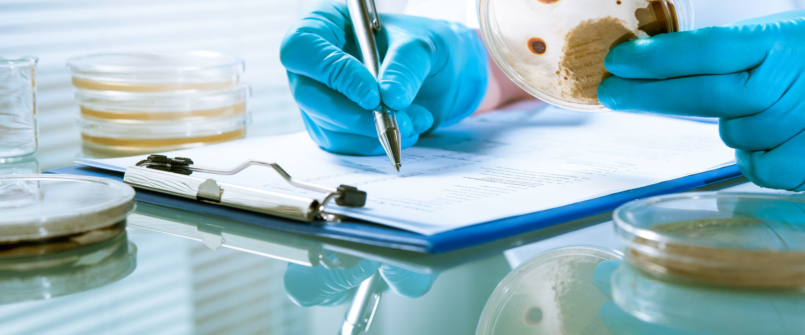
Disinfecting & Sanitizing, Educational
What’s the Difference Between Sanitizers and Disinfectants?
In Nyco’s neck of the facility maintenance world, we bump up against a lot of misuse and confusion between the words cleaner, sanitizer and disinfectant.
To confuse matters even more, products can often be a combination of two of the above. Sani-Spritz Spray, for example is a One-Step Disinfectant Cleaner. N601+ is both a food service sanitizer and a disinfectant.
So what is the difference, really, between these three categories of products?
In short … sanitizers reduce bacteria on a surface by at least 99.9%, disinfectants kill a wider range of microorganisms (than sanitizers), and cleaners simply remove dirt, soils and impurities from surfaces. Got it?
The above is a simple explanation. However, there is a bit more to it…
EPA Certification
Sanitizers and disinfectants are regulated by the Environmental Protection Agency (EPA) and therefore, must be certified through a process that tests them to meet certain pre-defined criteria. By law, a chemical product cannot be labeled as a sanitizer or a disinfectant unless and until it is EPA certified. (A chemical company like Nyco might register a formula as both, enabling that product to be called a Disinfectant-Sanitizer.)
Germ Specificity
Both sanitizers and disinfectants must be tested against specific germs. Chemical labels must list out each of these germs individually. One disinfectant could kill germs X and Y while another disinfectant might kill germs Y and Z. It’s important to understand that a single sanitizer or disinfectant will not kill all microorganisms, and to know which germs your products work against. Sanitizers are certified for bacteria only, while disinfectants can also be certified to kill viruses, mold, mildew, and fungi.
Time to Kill
The time it takes to kill germs is one more factor that is important when evaluating both sanitizers and disinfectants, and this must also be listed on a product’s label. Some chemical formulas kill respective germs in 5 minutes and others in just one minute or less. This is called “dwell time” and should be taken into account when choosing and using sanitizers and disinfectants for various applications. As an example, Table Time 200 eliminates 99.999% of bacteria* in 1 minute.
A Note About Sanitizers
Sanitizers are most often used in food service settings, but not always. If a product is labeled as a “food contact” sanitizer, like Table Time 200, it can be safely used to clean surfaces that will later touch food. Food contact sanitizers should be applied according to instructions and allowed to dry completely before food comes in contact with them.
Cleaners Remove Dirt
Cleaners are simple and straightforward in contrast with sanitizers and disinfectants! They represent a broad category of products that use soap or detergents to physically remove dirt and soil from surfaces. Cleaning doesn’t kill germs, it simply removes them. There are cleaners for every surface under the sun from floors and carpets to boats. The EPA does not test or regulate cleaners for effectiveness. That said, there are definitely different qualities and strengths of cleaners, so buyer beware!
Summing Up…
- Sanitizers kill certain bacteria, in a specific period of time, and are regulated by the EPA.
- Disinfectants kill certain bacteria, viruses, mildews, or fungi, in a specific period of time, and are also regulated by the EPA.
- Cleaners remove dirt. Be sure you are using the right type of cleaner for the soil you need to remove.
Consult your Nyco sales representative or use the search bar in the upper right corner of this page to search specific microorganism “kill claims” on our sanitizers and disinfectants.
*As listed on label.
